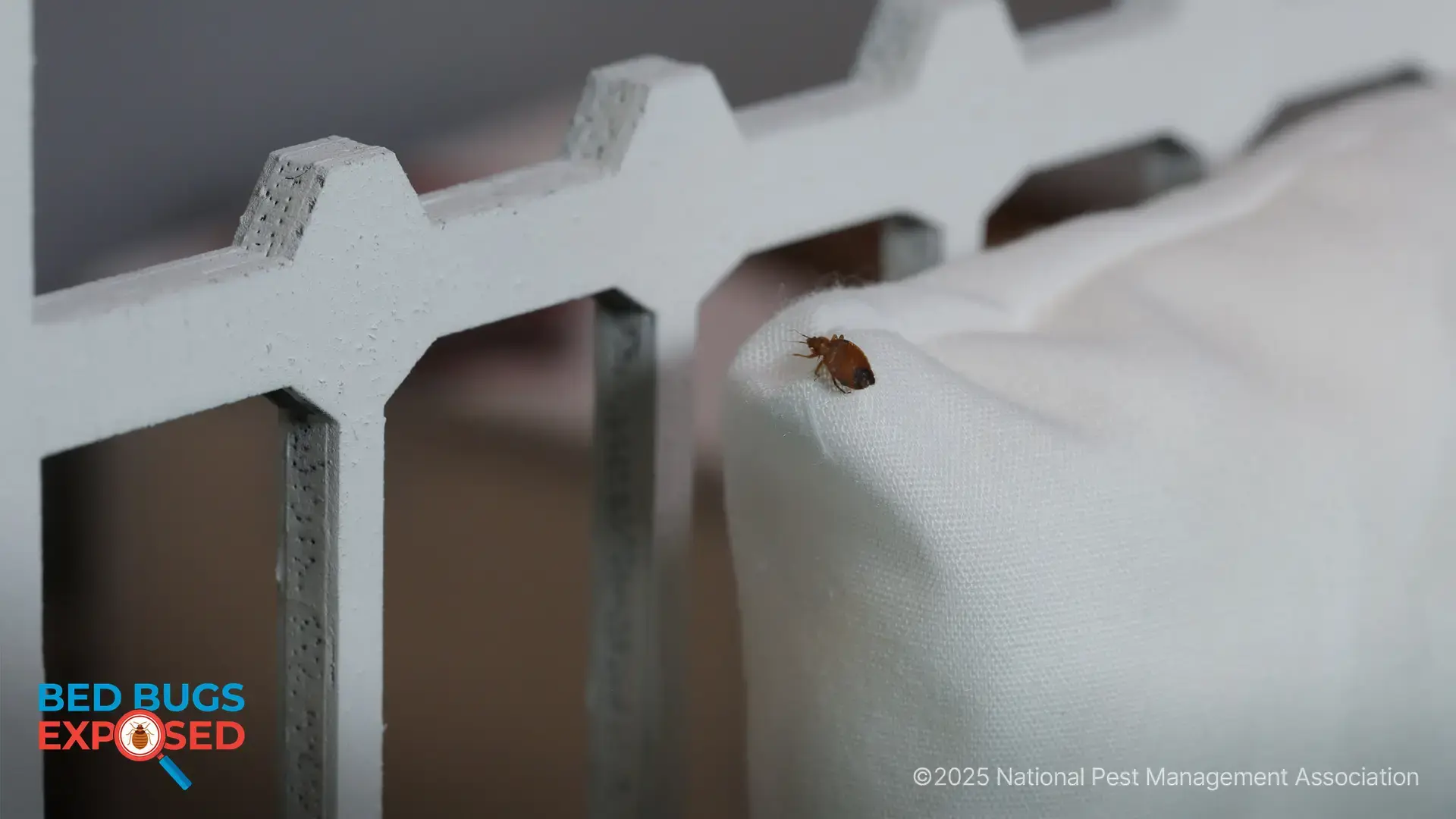Protect Yourself During a Summer of Invasive Species
The National Pest Management Association shares the top invasive pests to watch out for when spending time outdoors
FAIRFAX, Va. (May 13, 2024) – A major concern for the pest control industry in America is the arrival of invasive species, non-native insects that are introduced to a new environment where it spreads aggressively, often causing ecological, economic, or environmental harm. Not only are some invasive species capable of transmitting diseases to humans and destroying property, but they can outcompete native species for resources, disrupt ecosystems, and even drive native species to extinction. This spring, the National Pest Management Association (NPMA) is sharing the top invasive species to watch out for and the threats they pose to homeowners.
"The issue with invasive species is that, lacking predators and parasites present in their native ranges, they aren't subject to natural control like domestic pests,” said Dr. Jim Fredericks, Senior Vice President of Public Affairs for NPMA. “Unfortunately, this helps populations grow quickly and spread more rapidly throughout the country. Without natural enemies to moderate invasive species, it’s up to industry professionals to control these pests and keep homeowners aware of their movements.”
To protect yourself, your family, and your property, it’s best to familiarize yourself with the invasive species currently found throughout the U.S. Here are the pests NPMA recommends keeping an eye out for:
- Brown marmorated stink bug: Stink bugs do not pose a threat to human health, but they can create a smelly odor when crushed. That said, an infestation should be removed as soon as possible as they can cause damage to the plants in your garden.
- Asian giant hornet: This pest, suspected to originate from northern India and eastern Asia, is well-known for its large size and light orange, brown and black-striped body. This insect is a serious threat, as they can sting repeatedly when threatened.
- Asian longhorned tick: Unlike other tick species, it’s unclear whether the Asian longhorned tick can transmit diseases to humans, but it’s better to be protected from this pest either way. According to the CDC, this species is now found in 19 states.
- Spotted lanternfly: A significant threat to native trees and agriculture, this pest should be destroyed immediately when spotted.
- Red imported fire ant: Small, but mighty! This ant species is best known for its painful sting.
- Formosan termite: Considered the most aggressive termite known to science, this species can cause costly damage to your home.
You can learn more about invasive species by watching NPMA’s video series on how invasive species move throughout the U.S. over at PestWorld.org.
###

Learn About Rodents
Rodents invade millions of homes each winter. Learn more about them!

NPMA's Bug Barometer Forecast
The latest Bug Barometer® forecast from the National Pest Management Association reveals what homeowners across America can expect from pest activity this fall and winter.

NPMA's Bed Bugs Exposed Project
Check out NPMA's Bed Bugs Exposed project to learn more about this hitchhiking pest and how to prevent an infestation at home.

About the National Pest Management Association
The NPMA, a non-profit organization with more than 4,000 members, was established in 1933 to support the pest management industry's commitment to the protection of public health, food and property from the diseases and dangers of pests. For more information, visit PestWorld.org or follow @PestWorld on Facebook, X, Pinterest, TikTok and YouTube and @PestWorldOfficial on Instagram.

Learn About Rodents
Rodents invade millions of homes each winter. Learn more about them!

NPMA's Bug Barometer Forecast
The latest Bug Barometer® forecast from the National Pest Management Association reveals what homeowners across America can expect from pest activity this fall and winter.

NPMA's Bed Bugs Exposed Project
Check out NPMA's Bed Bugs Exposed project to learn more about this hitchhiking pest and how to prevent an infestation at home.
